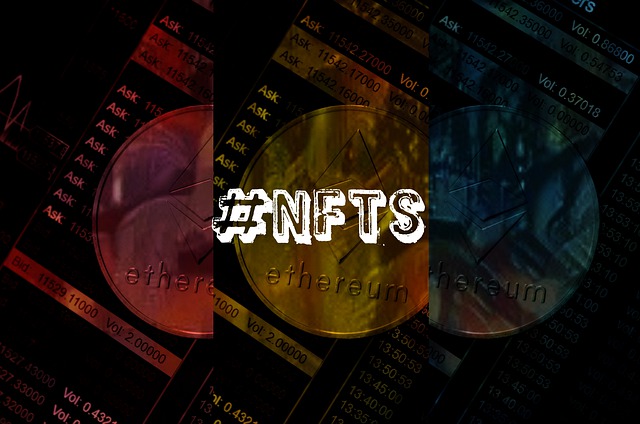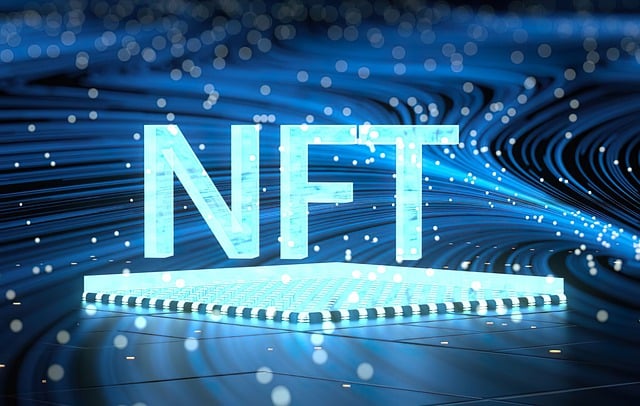
The long-awaited Ethereum merge is finally here with the promise of reducing the energy needed to mint tokens. But what impact has the Merge had in the last 6 months? And what can be expected to come out of the merger in the next couple of months? Let’s find out in this full overview.
How did the merger impact the world of NFTs?
Energy
A long argument against the sustainability of the tokens was the environmental impact of NFTs. Yes, the proof-of-work (PoW) indeed takes a significant amount of energy and many dubbed it a major constraint for the success and sustainability of NFTs. However, the recent shift to proof-of-stake (PoS) is a revolution as it uses almost 99.95% less energy. This means that it will now require less energy to mint a token making it easier for anyone to get started with their own NFT project. You can learn more about how to create your own NFT from our detailed guide.
Sustainability
Apart from the upfront cost, the merger will also make it easier to hold the tokens in your favorite wallet as authentication will need less energy. You can check our list for the best NFT wallet. The Ethereum merger also aims to introduce shard chains, which will increase the network’s capacity to process transactions and smart contracts. This scalability improvement can avoid congestion and reduce transaction fees, making it more affordable to mint, trade, and interact with NFTs. It may encourage broader participation and adoption of NFTs by lowering barriers to entry.
Interoperability and Cross-Chain Support
While not directly related to the Ethereum merge, the Ethereum ecosystem’s evolution can prompt interoperability improvements. As Ethereum 2.0 matures, it may become easier to bridge NFTs between Ethereum and other blockchain networks, meaning you can now port your NFT from one platform to another platform with ease.
Encompassing real-life utility: Because of the Ethereum merge, it is easier than ever for developers to equip their tokens with real utility that can solve real-world problems. For example, tools to prove the authenticity of physical products to sweepstakes, a process that can help an owner of an NFT token to win a real-life masterpiece. You can check out our article on “TOP 5 NFTs with the best utility” to learn more.
Let’s talk about some issues
The anticipated Ethereum merge is certainly a step in the right direction, however, it too has some issues which are important to discuss. Here are some of the things that we must watch out for when dealing with the Ethereum Merge.
Centralization
The shift from proof-of-work (PoW) to proof-of-stake (PoS) introduces a new consensus mechanism where validators are chosen based on the amount of cryptocurrency they hold and are willing to “stake” as collateral. This could potentially lead to centralization, where a small number of large stakeholders have a significant influence over the market’s decision-making process. If power becomes concentrated in the hands of a few entities, it could undermine the decentralization and censorship-resistant nature of Ethereum which will lead to NFTs built on Ethereum more prone to price fluctuations and manipulation. If we are aiming toward a world powered by blockchain, we must find a way to stop centralization.
Security vulnerabilities
While PoS is generally considered more energy-efficient and secure than PoW, it introduces its own set of risks. PoS systems rely on validators to secure the network, and any vulnerabilities or compromises in these validators could have serious consequences. Although unlikely, if a significant number of validator’s security is compromised, it could undermine the security and integrity of the Ethereum network, potentially impacting NFTs and other applications built on top of it.
Ecosystem fragmentation
The Ethereum merge might introduce changes to the network’s infrastructure and protocols. This could result in the fragmentation of the Ethereum ecosystem, with some projects or applications not being compatible with the new system or requiring significant updates. If not handled carefully, this fragmentation could create issues with your current NFT wallet and you may experience trouble managing your NFTs. Here is a detailed guide on everything you need to know about NFT wallets.
What does the Ethereum merge mean for investors?
Now the big question is, will the Ethereum merger impact your NFT holdings? The short answer is No, the Ethereum merge might not have any direct impact on your holdings as it is focused on the underlying consensus mechanism and infrastructure of the Ethereum network, rather than directly targeting NFT holdings themselves.
However, it’s important to note that the merger could indirectly impact the NFT ecosystem in a variety of ways, as mentioned earlier. Factors such as changes in transaction fees, network congestion, smart contract compatibility, and potential disruptions during the transition could affect the overall NFT market and user experience. These factors might influence the demand, liquidity, and value of specific NFTs or impact the ability to trade or interact with them.
We also expect to see new and more complex technology emerge making ways for new utilities which will aim to solve real-world problems. Many NFT projects like PelXP.com have already bundled several utilities which have real-world implications. So it is only time we see more NFT projects do the same.
Final words
It is now easier than ever to buy NFTs and with the Ethereum merge, as more NFT projects are compatible with each other we expect the NFT revolution to only grow from here. The merger will also help in saving energy which is important for the sustainability of the market.
But it’s not all bed of roses for the Ethereum merger as even after 6 months into the merger, there are still some technical issues and security threats that developers have to figure out. But overall these issues can be solved and it is safe to say that Ethereum 2.0 is the single biggest update which had numerous positive impacts on the market.


